Our resident NC snakes are 1) very common, 2) mostly nonvenomous, and 3) mostly very nonaggressive leave them alone and they won't bother you They will eat the mice, moles, rats, and other pests you don't want in your house Be good to your snakes and they'll be good to you The most common venomous snake in central NC is the copperheadA really good picture of this is the one off to the right here This is a young venomous copperhead snake, and a lighter shade than what most people think of when it comes to copper, tan, brown, etc Notice the yellow tail on this one – a clear indication that this is a young copperhead that is less than a year old This picture also shows a pretty good "hour glass" that is really thin The North Carolina Wildlife Commission reported that 90 percent of snakebites in the state come from the copperhead snake rat snakes and corn snakes Adult copperheads can grow up to two to
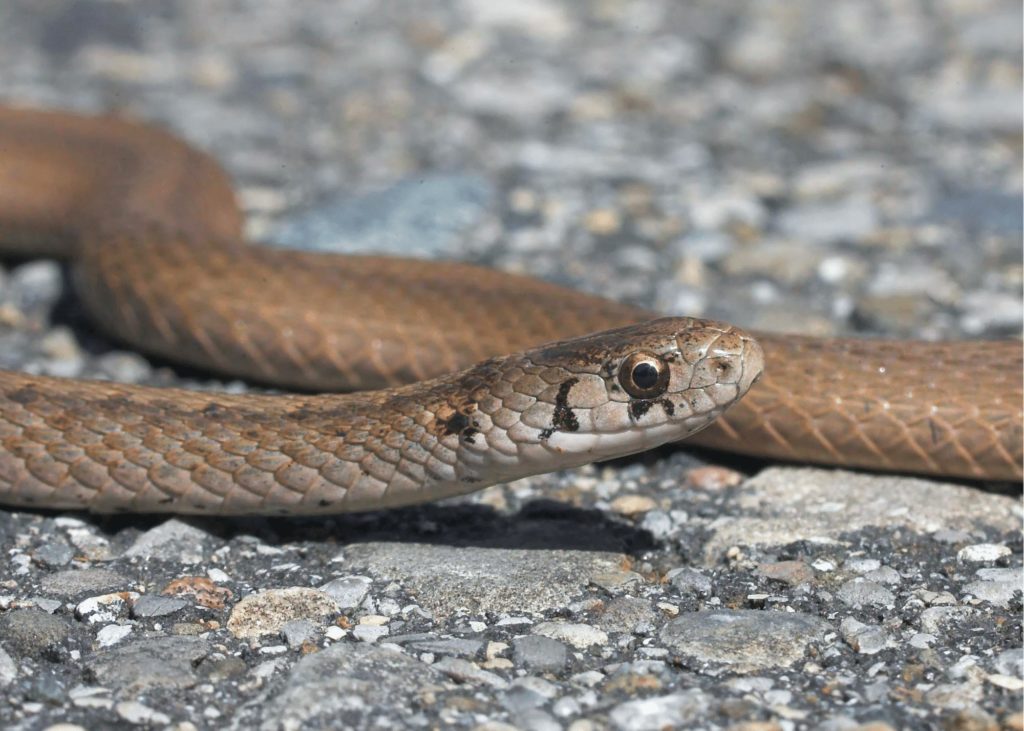
Carolina Pest What To Do When You Find A Snake In Charlotte Carolina Pest
Baby copperhead rat snake nc
Baby copperhead rat snake nc-About 1216" long, located in NC Close 3 Posted by 1 year ago Archived Baby rat snake or copperhead?Snakes are an important part of the ecosystem and help control the rodent, slug and insect populations
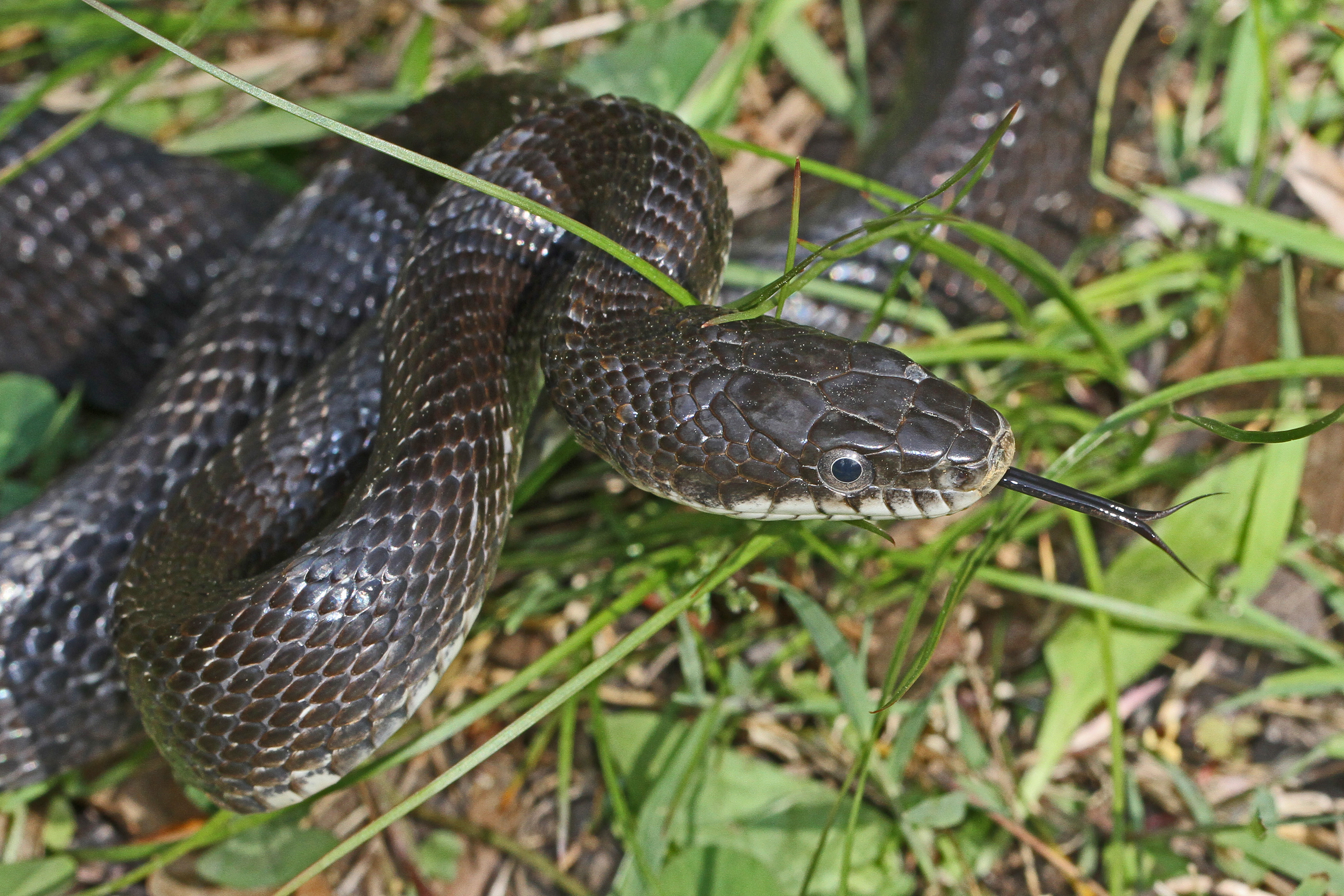



Pantherophis Obsoletus Wikipedia
The North Carolina Cooperative Extension notes that the copperhead accounts for more snake bites in the United States each year than any other US species Copperheads have the mildest venom of all North American venomous snakes, according to the Warnell School of Forest Resources It is also common in summer to find small young of other larger snake species, such as baby rat snakes, baby racers, and baby water snakes While some of these snakes may have a brown body with bands when they are young, none of them have a bright yellowgreen tip on their tail the way a baby copperhead can This snake lives in forested areas with dense vegetation overhanging rivers and streams The rough green snake has keeled (rough) scales that aid it in climbing Southern Appalachian Venomous Snakes NORTHERN COPPERHEAD One of only two venomous snake species found in Western North Carolina, the other being the Timber Rattlesnake
Snakes of North Carolina Black Rat Snake Eastern Kingsnake Scarlet Snake Black Racer Garter Snake Corn Snake Eastern Hognose Snake Rough Green Snake Mole Kingsnake Copperhead Northern Water Snake Timber Rattlesnake Brown Snake Worm Snake Ringneck Snake Smooth Earth Snake Rough Earth Snake VENOMOUS Southern Hognose Eastern HognoseToday, we are going to be getting up close with a very tiny, yet very deadly snake!Rat Snakes Both the black and gray rat snakes can be found in North Carolina, and these feed on things such as lizards, mice, rats, copperhead snakes (venomous) and more These rat snakes are actually very good in keeping the numbers of dangerous snakes down (and away from residential areas) as well as keeping rodent numbers down too
About 1216" long, located in NCBaby copperheads are often mistaken for nonvenomous snakes like water snakes, rat snakes, and corn snakesEven though they are an easily camouflaged species of snake and can be quite hard to spot, there are certain things you can look for when you are trying to identify these little babies First of all, while these baby snakes look very similar to adult copperheads as they bothAlthough they are nonvenomous snakes, the eastern kingsnake is known for its ability to eat other snakes, including venomous snakes like copperheads Venomous Snake Species in Charlotte Copperhead Copperheads are amongst the commonest venomous snakes found in Charlotte, North Carolina They can be easily identified by their characteristic



Baby Copperhead Season Has Begun In Carolinas What To Know The State



Snakes In Nc Www Callofthewildwildlifeservices Com
Aug 6—Copperheads, the most prevalent venomous snakes in North Carolina, start making themselves known each year in the spring, just as the weather starts to warm up The seemingly ubiquitousHumane Homes NC, Chapel Hill, North Carolina 606 likes 10 talking about this Nonharming Wildlife Exclusion, Prevention, Repairs No Poisons or KillTimber rattlers are one of three venomous snakes that live on or near the Outer Banks and the only rattlesnake in the region Copperheads and water moccasins are the other two venomous snakes In all of North Carolina, six of the 38 snake species are venomous, according to the commission




Found In Charlotte Nc 2 2 5 Long Rat Snake Whatsthissnake



Black Snakes V Copperheads Tips To Keep Safe Wcnc Com
Difference between a CopperHead Snake Neonate and a Rat snake Neonate Copperhead Neonates – Bearing the same pattern to their adult counterparts, these younglings are usually yellow and green in color Rat Neonates – They are patterned in uniform and elliptical shapes running along their entire length Copperhead Neonates – Tails of vivid colors are used Some snakes that fit this description are copperheads, but many others, like corn snakes or water snakes, are not Avoid killing snakes regardless Dangerous snakes should be handled by experts and nonvenomous snakes should be left alone Claim 4 Copperheads are everywhere in North Carolina, even populated places like Greensboro and Winston Nearly 400 snake bites have been reported to North Carolina Poison Control as of early July, Spectrum News 1 reported Copperhead




North Carolina Snakes What You Need To Know On World Snake Day Nc State Veterinary Medicine




Pantherophis Obsoletus Wikipedia
In the state of North Carolina you can find about 37 different species of snake Out of those 37, six are venomous and three are found in and around the Charlotte area Rattlesnakes, copperheads, and cottonmouths are the three most common venomous snakes found inAbout Press Copyright Contact us Creators Advertise Developers Terms Privacy Policy & Safety How works Test new features Press Copyright Contact us CreatorsDescription The copperhead is a pitviper and the most common venomous snake in most parts of North Carolina Copperheads are rather heavybodied and are beautifully marked with dark brown, hourglass shaped crossbands on a light brown or gray background The belly is a mix of white and black markings Baby copperheads look like their parents




How To Tell If A Snake Is Venomous Wbir Com



1
The body of a copperhead is usually a light tan or slightly pink color Sometimes baby copperheads are grayer than adults, but turn the more brownish color as they age Along the back of the snake are dark brown or reddishbrown markings Several other types of snakes have similar coloring, but the copperhead is distinctive because of theSimilar to the copperhead snake, baby cottonmouths utilize their brightly colored tail to attract amphibious prey They wiggle their tails to imitate a worm and when an unsuspecting frog comes in for a bite, the cottonmouth will strike This method of imitation is called 'caudal luring' and is central to a juvenile cottonmouth's survival RALEIGH (WTVD) Expect to start seeing baby Copperhead snakes around the Triangle Experts said August is hatching time for the venomous snakes, and this year's hotterthannormal temperatures
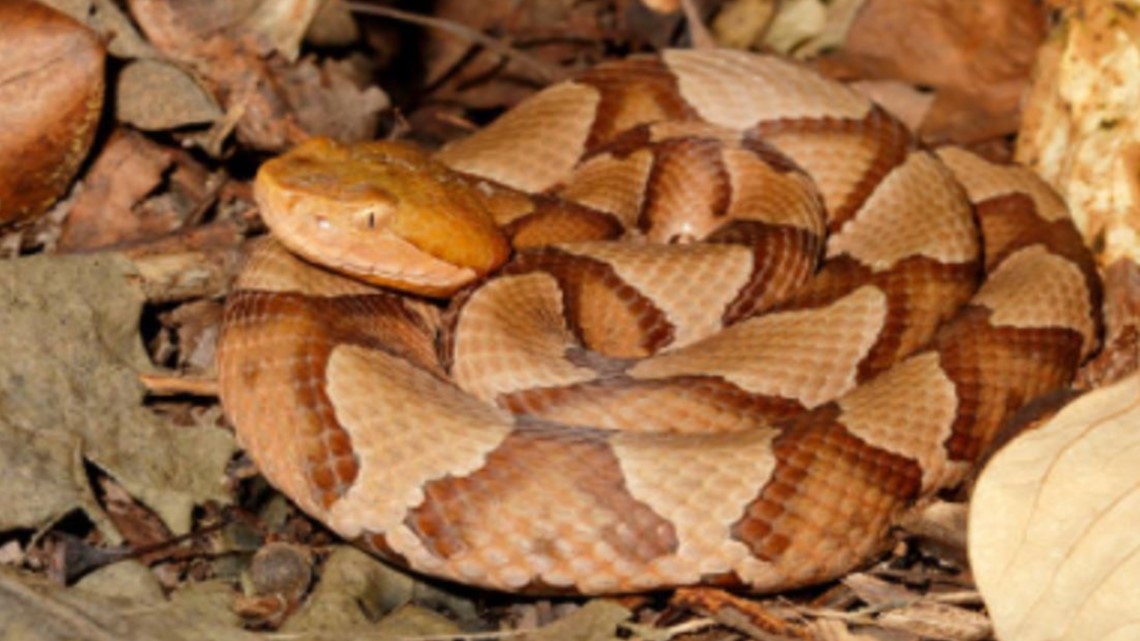



Watch Out For Baby Copperhead Snakes Wfmynews2 Com
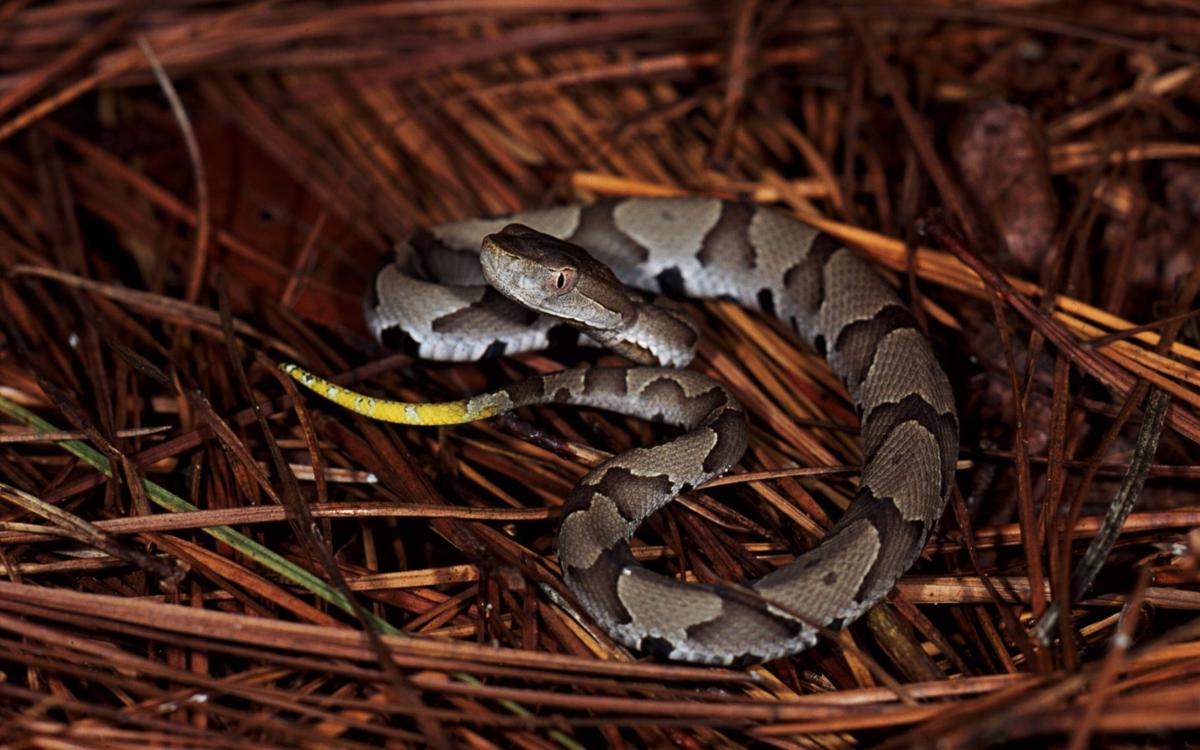



Yellowtails Bright Tip On A Juvenile Snake Id S It As A Pit Viper Copy Sports Timesleader Net
Copperhead Rat Snake Copperhead Snake And Cottonmouth Snake Image Brown Snake from herpsofncorg A baby albino corn snake (pantherophis guttatus), showing the red, white, and pink scale colors christopher rex (author) from durham, nc on june 24, 13 Copperhead snakes are the most common venomous snakes in north carolina One of the most cryptic snakes in the southeastern us, the eastern mud snake is aSnake is an excellent climber Regularly reaching 5 to 6 feet in length, the rat snake is one of North Carolina's longest snakes, surpassed only by the eastern coachwhip (Masticophis flagellum) A juvenile rat snake looks nothing like an adult, with a bold, blotched pattern on a gray or light brown background The pattern fades as the snake ages




Carolina Waterfowl Rescue A Lot Of Baby Rat Snakes Are Mistaken For Baby Copperheads Because Of Their Different Pattern The Copperheads Are The Only Common Venomous Snake We Have In The
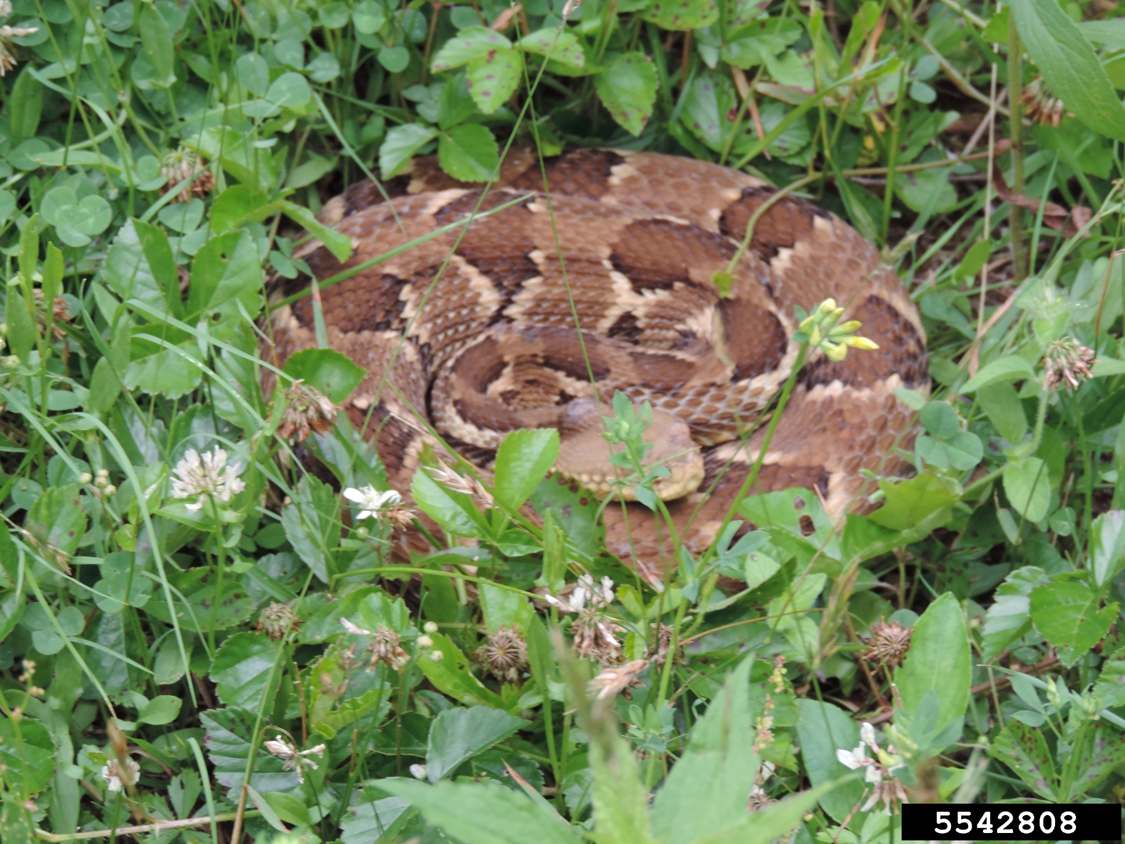



Identifying Copperhead Snakes Home Garden Information Center
At higher elevations in NC's Mountains, Two dark dots normally can Copperheads tend to be darker and have be seen on the top of the head a distinctly coppery colored head Some harmless species, like the Garter Snake also have these Fig 1 = scale pattern under tail of harmless snake Hershey's Kisses and Copperhead pattern comparisonIts venom may not be as potent as that of a cottonmo Expect Baby Copperhead Snakes To Emerge Soon In Nc Why You Should Let A Copperhead Live In Y
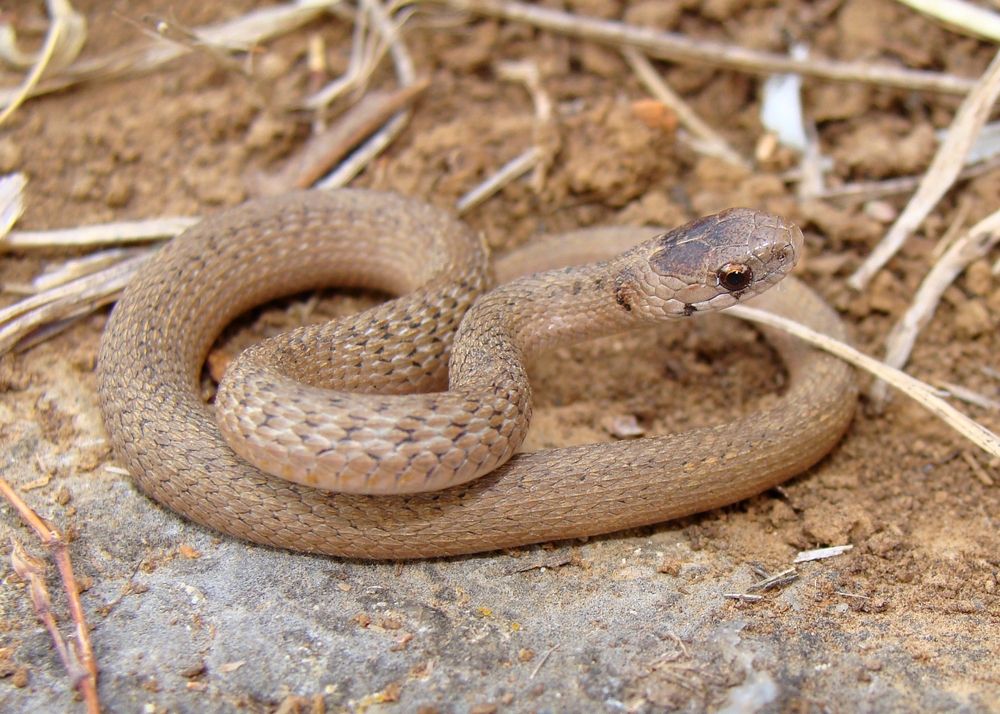



Facts About Brown Snakes Live Science



Found In A Backyard In Nc In An Area Know To Have Copperheads Baby Copperhead Or Ratsnake Whatsthissnake
Baby rat snake or copperhead?Regularly reaching 5 to 6 feet in length, the rat snake is one of North Carolina's longest snakes, surpassed only by the eastern coachwhip (Masticophis flagellum) Are snakes a problem in North Carolina?The copperhead is the most common and widespread venomous snake in North Carolina In many areas, including most of the larger urban regions, it is the only venomous snake Copperheads account for probably over 90 percent of venomous snakebites in North Carolina A bite is painful and should be treated as serious, but it is not considered life




8 Snakes That Look Like Copperheads With Pictures Wildlife Informer



Black Snakes Vs Copperheads What You Need To Know Wfmynews2 Com
Copperhead (Agkistrodon contortrix) is a term that refers to any of five different subspecies of venomous snakes found mostly in the southern United StatesThey are most often encountered in states like Missouri, Arkansas, North Carolina, Tennessee, Louisiana, Mississippi, Alabama, Kentucky, West Virginia, Texas, Georgia and more Many people get them confusedCorn snakes have similar patterns to rat snakes, but with different colors Corn snakes range from grayorange to orangered and have dark splotches running down their backs and smaller spots running along their sides Corn snakes are often mistaken for copperheads because of their reddish orange color Corn snakes eat mostly rodents and birdsThe body of a copperhead is usually a light tan or slightly pink color Sometimes baby copperheads are grayer than adults, but turn the more brownish color as they age Along the back of the snake are dark brown or reddishbrown markings Several other types of snakes have similar coloring, but the copperhead is distinctive because of the



When Are Baby Copperheads Born In Nc Are They More Dangerous Raleigh News Observer



How To Identify Venomous Poisonous Snakes In Nc Photos Raleigh News Observer
Note the black stripes on the dark gray background You can do something similar with copperheads, but it copperhead snake Google Search Agkistrodon contortrix Gopher snake adult (left) and baby (right) pine snake Baby garden snake nc A guide to snake species in nc by jessicah raynor north carolina updated 213 pm et mayVenomous Snakes Of North Carolina Facts Pictures And More North Carolina Archives What SnakeAug 6—Copperheads, the most prevalent venomous snakes in North Carolina, start making themselves known each year in the spring, just as the weather starts to warm up The seemingly ubiquitous Copperheads can grow to 3½ feet and have a strike distance of about a third of their body length, Grosse said But it's a myth that the bite of a baby copperhead is worse than that of




Identifying Copperhead Snakes Home Garden Information Center




When Are Baby Copperheads Born And Are They More Dangerous Raleigh News Observer




Do You Know How To Stay Safe As Snakes Start Slithering Out In North Carolina




Frequently Asked Questions
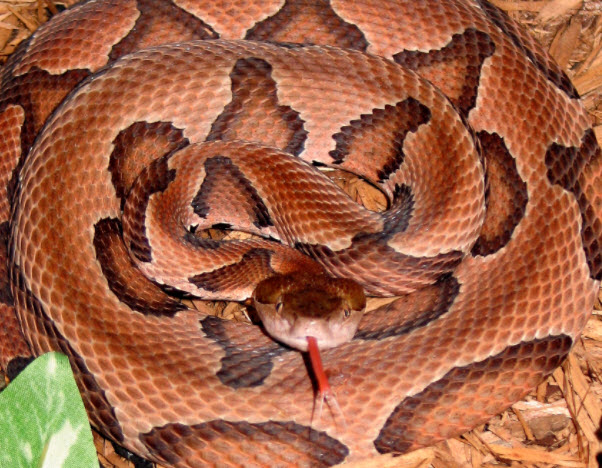



Copperheads Could They Be In Your Yard Triangle Wildlife Removal 919 661 0722 Raleigh Nc




North Carolina Snakes What You Need To Know On World Snake Day Nc State Veterinary Medicine




The Six Venomous Snakes Of North Carolina How To Identify A Venomous Snake Youtube
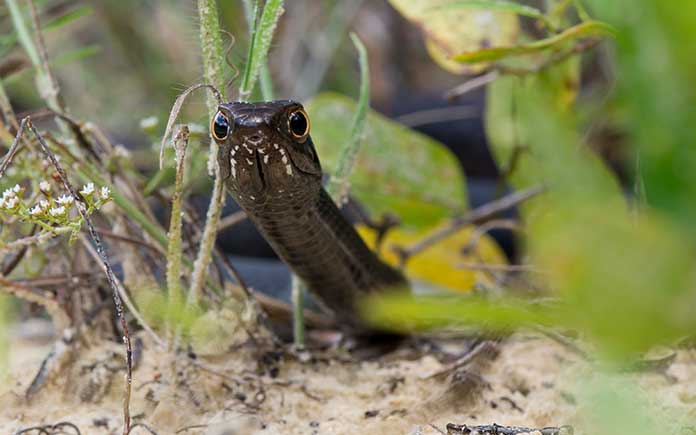



Black Snakes What You Should Know Today S Homeowner



Get To Know The Slithery Snakes Of Mecklenburg County




Carolina Pest What To Do When You Find A Snake In Charlotte Carolina Pest



Black
/cloudfront-us-east-1.images.arcpublishing.com/gray/4QT74KTJRNETPGMKYLIVXXBZT4.jpg)



State Laws Prohibit Killing Snakes In Georgia South Carolina



See A Snake Don T Panic




Identifying Copperhead Snakes Home Garden Information Center



How To Tell The Difference In Copperhead Black Rat Snakes Animals Mom Com



Get To Know The Slithery Snakes Of Mecklenburg County
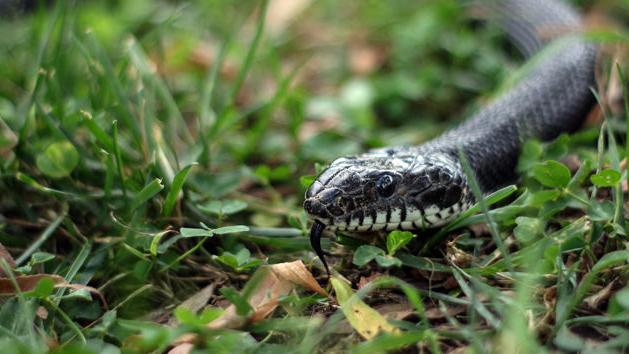



Snakes Alive Should Stay That Way News Yesweekly Com
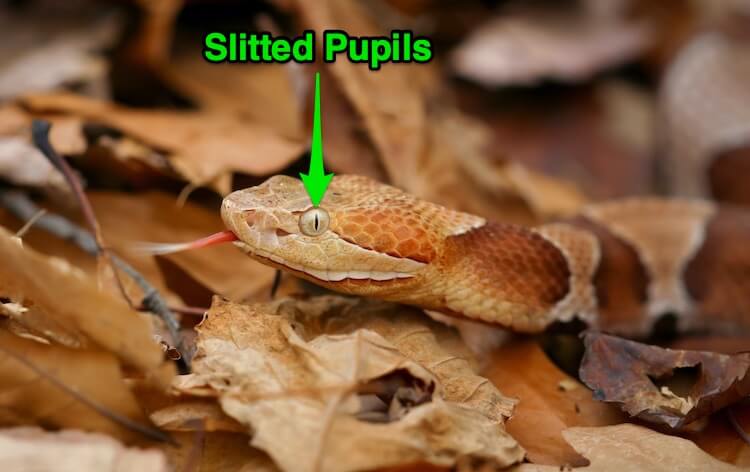



7 Ways To Identify Prevent Remove Baby Copperhead Snakes Everything Reptiles
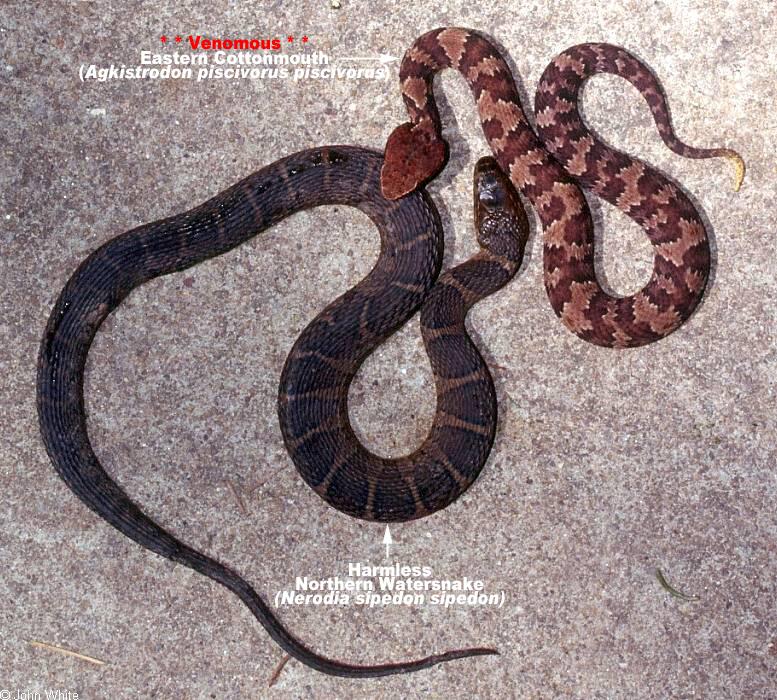



When Is Snake Season In North Carolina Critter Control Of The Triangle




Why You Should Let A Copperhead Live In Your Yard Debunking Snake Myths Wunc



Get To Know The Slithery Snakes Of Mecklenburg County



Baby Rat Snake
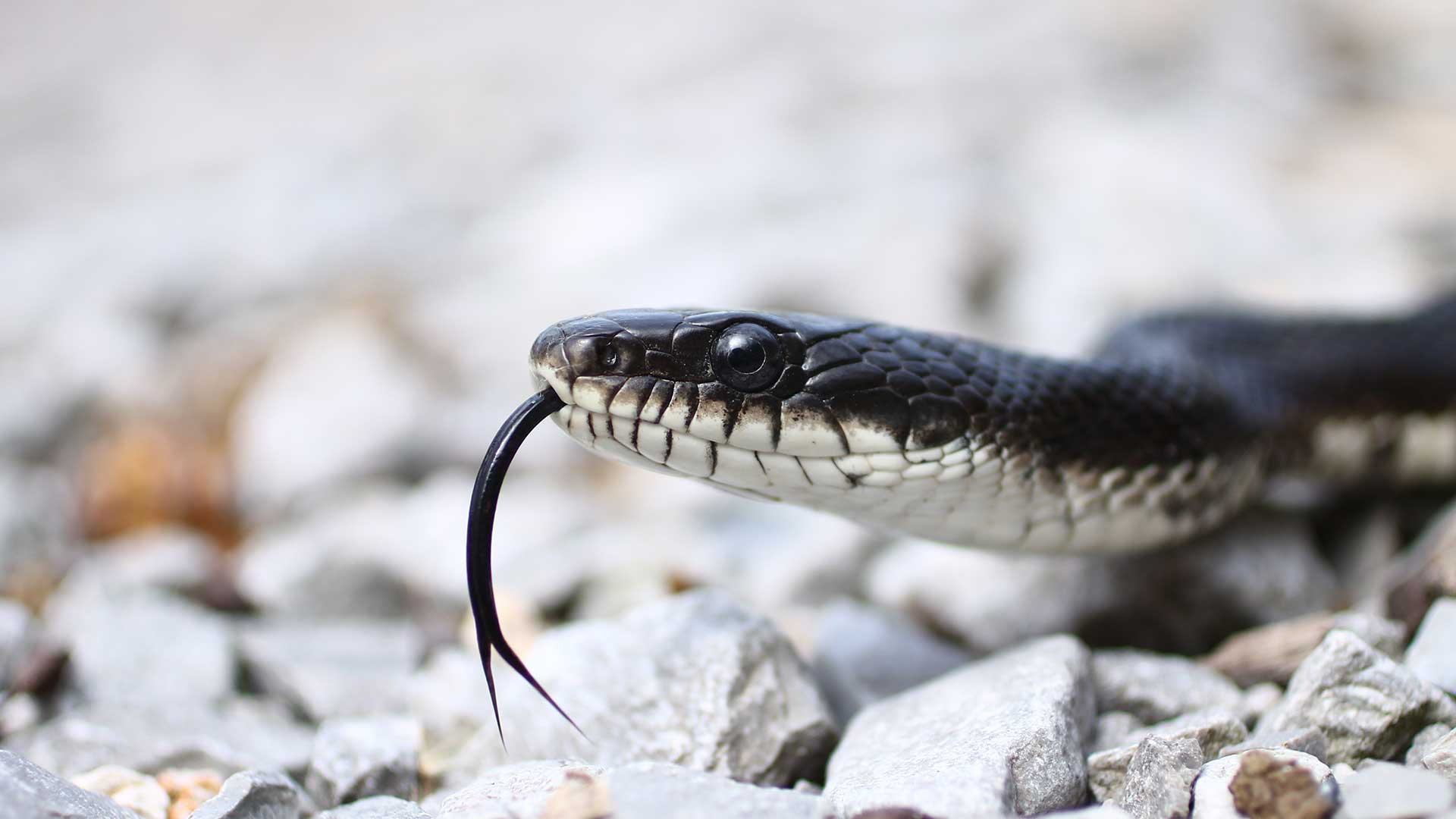



Black Snakes What You Should Know Today S Homeowner
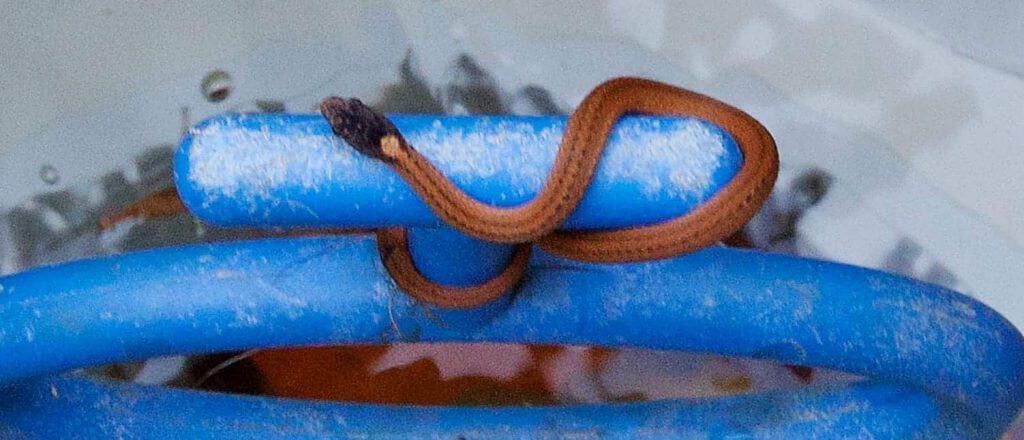



Baby Copperhead Snake Identification Guide Look For These 5 Things Embora Pets
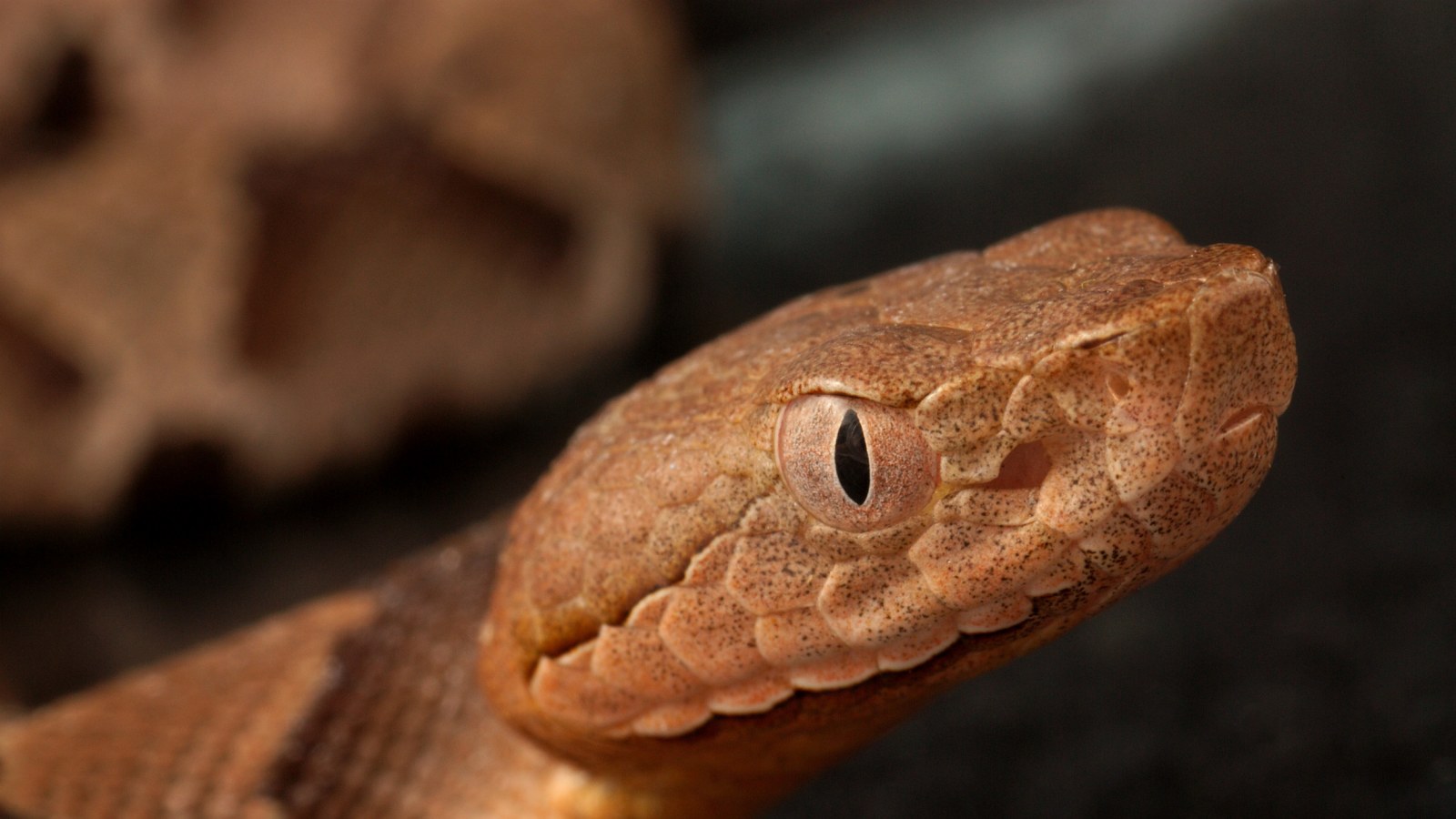



It S Baby Copperhead Snake Season Here S What You Need To Look Out For
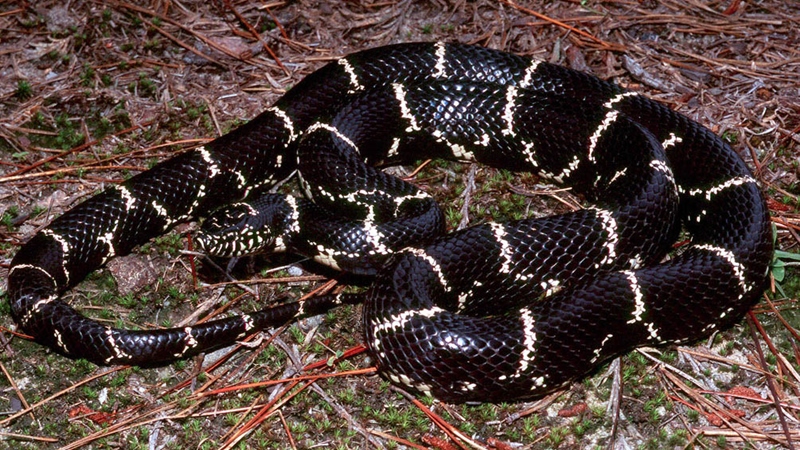



When Is Snake Season In North Carolina Critter Control Of The Triangle




North Carolina Snakes Pictures And Identification Help
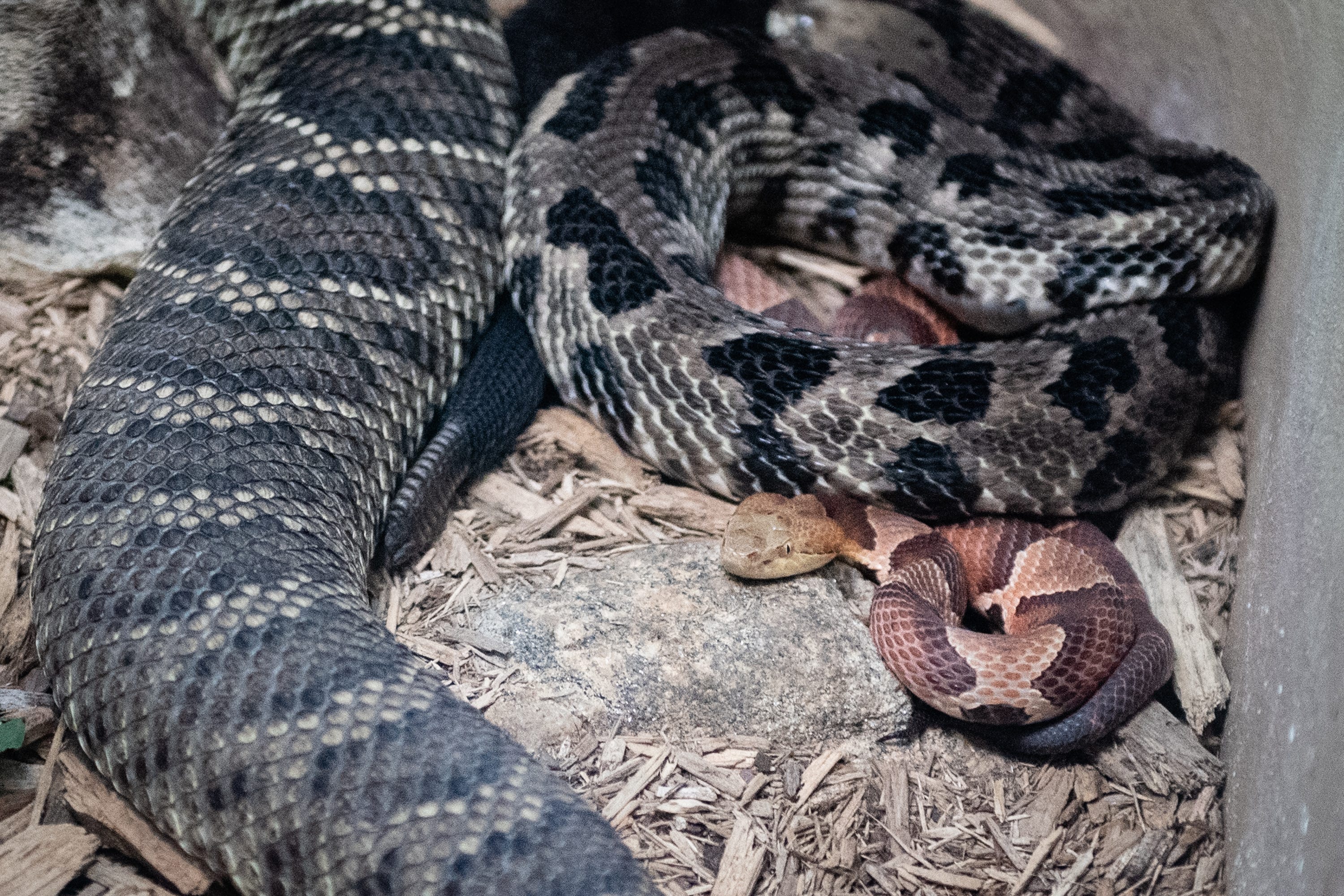



Baby Copperhead Snakes Season In Upstate Sc In August And September
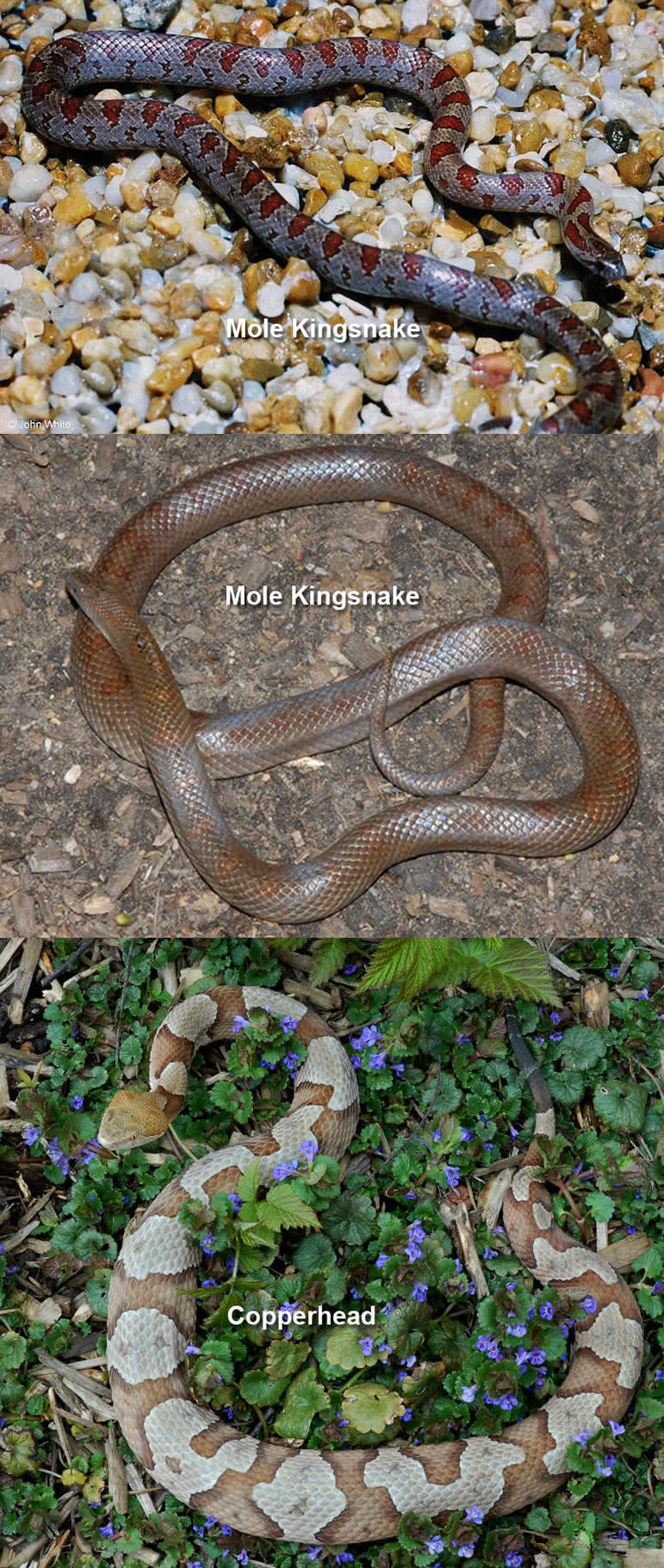



Copperheads And Similar Looking Harmless Species




How To Identify Venomous Poisonous Snakes In Nc Photos Raleigh News Observer



How To Identify Venomous Poisonous Snakes In Nc Photos Raleigh News Observer




There Are 37 Species Of Snakes In North Carolina And 6 Are Venomous Poisonous The Copperhead The Cottonmouth Snake Water Moccasin Snake Poisonous Animals




Wildlife Commission Offers Advice When Seeing A Snake Outdoors




How To Identify Snakes In Sc Nc Ga



Snakes In The Yard And Other Faqs Wfmynews2 Com




Snakes Are Out Reduce Encounters Agrilife Today




A Snake The Plays Dead You Can Find It In North Carolina Charlotte Observer




Why You Should Let A Copperhead Live In Your Yard Debunking Snake Myths Wunc



2




How To Identify The Copperhead Sciencing




The Scoop On Snakes




Black Garden Hose Turns Out To Be Very Big Black Snake In Nc Charlotte Observer
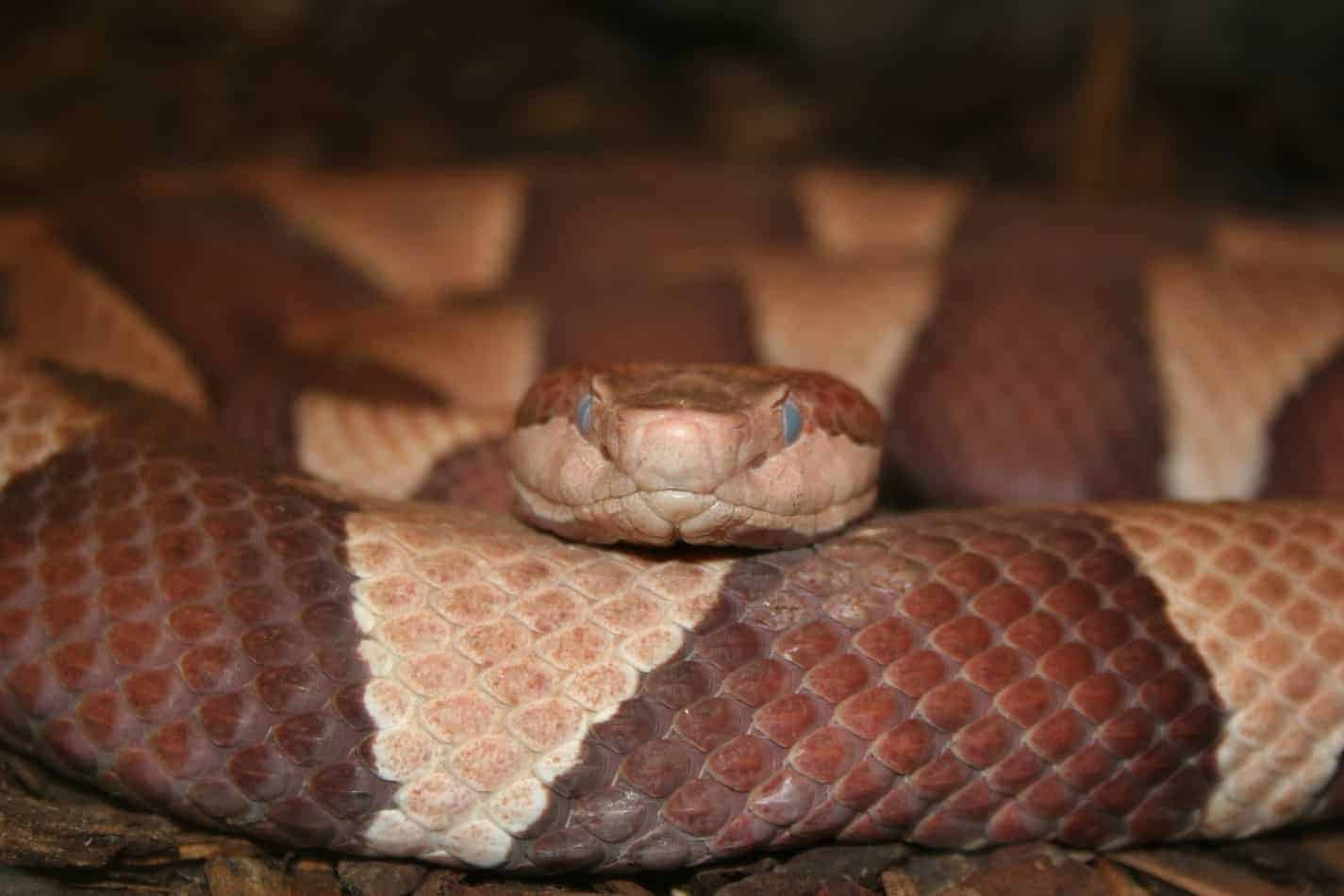



Corn Snake Vs Copperhead Snake Embora Pets




Tiny But Deadly The Baby Copperhead Youtube
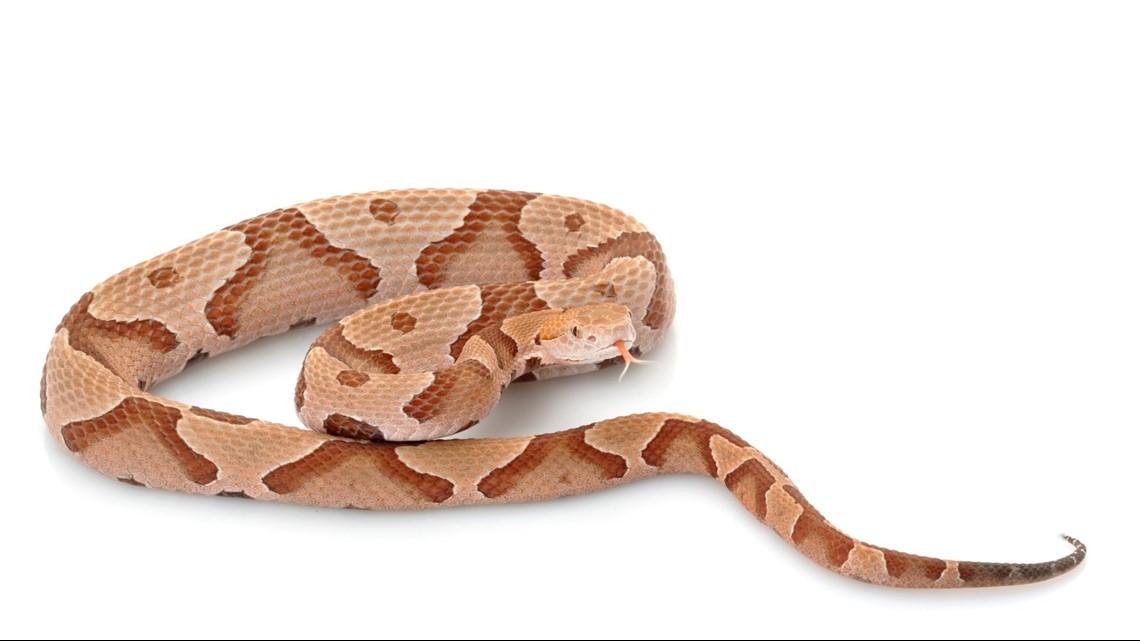



Watch Out For Baby Copperhead Snakes Wfmynews2 Com




Creature Feature Sssigns Of Ssspring National Geographic Education Blog
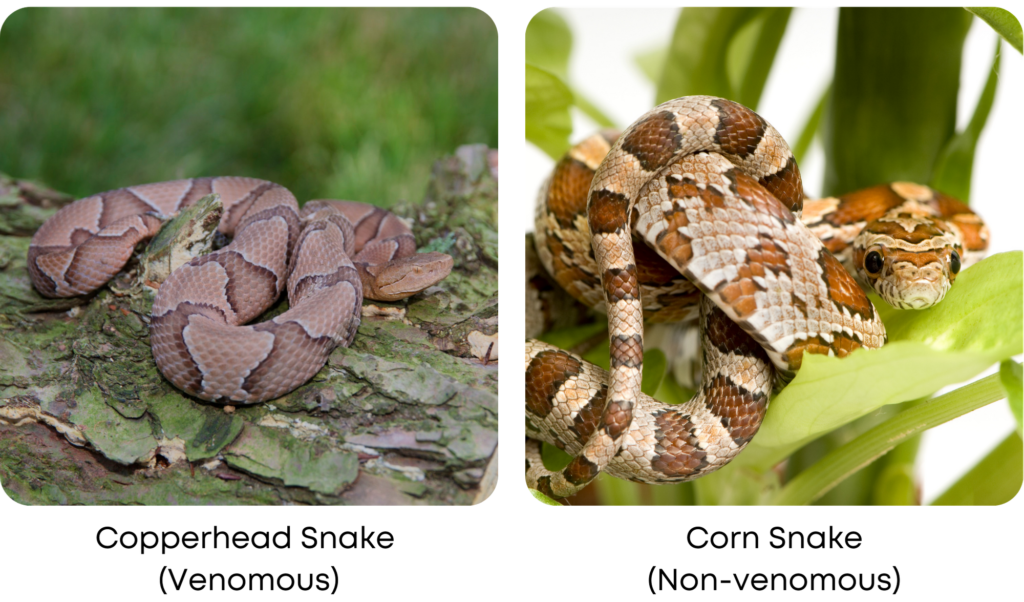



Carolina Pest What To Do When You Find A Snake In Charlotte Carolina Pest
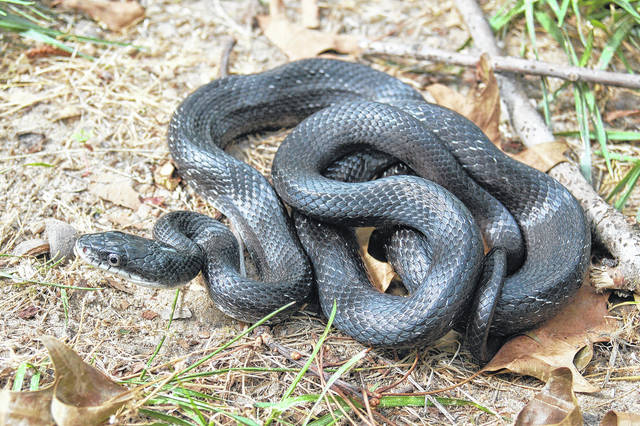



Wildlife Commission Urges People To Leave Snakes Alone When They See One In Their Backyard Robesonian




Snakes




Snakes



Get To Know The Slithery Snakes Of Mecklenburg County



Red Rat Snake Information Facts




Copperhead Snakes And Water Snakes The Infinite Spider
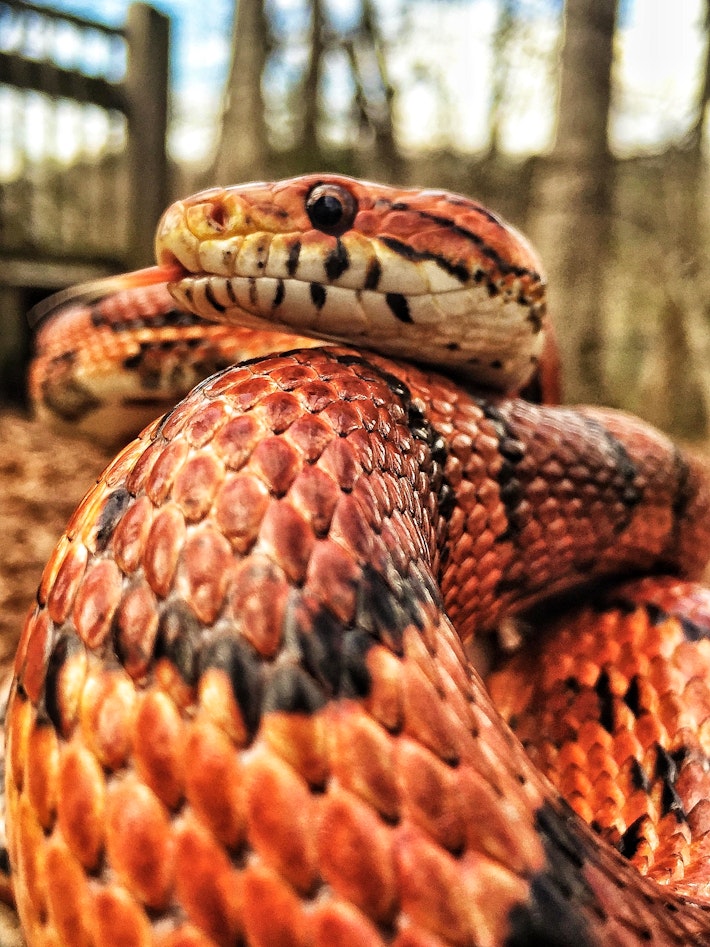



The Scoop On Snakes
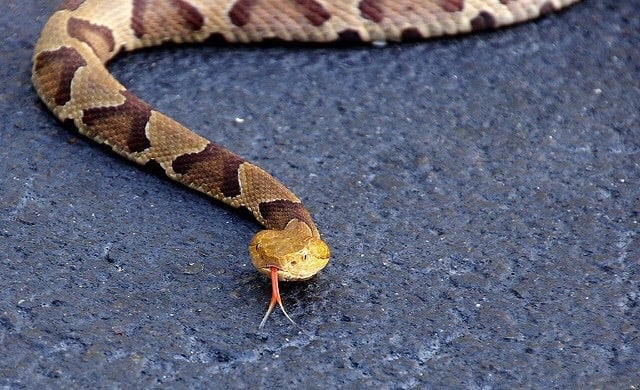



Baby Copperhead Snake Identification Guide Look For These 5 Things Embora Pets
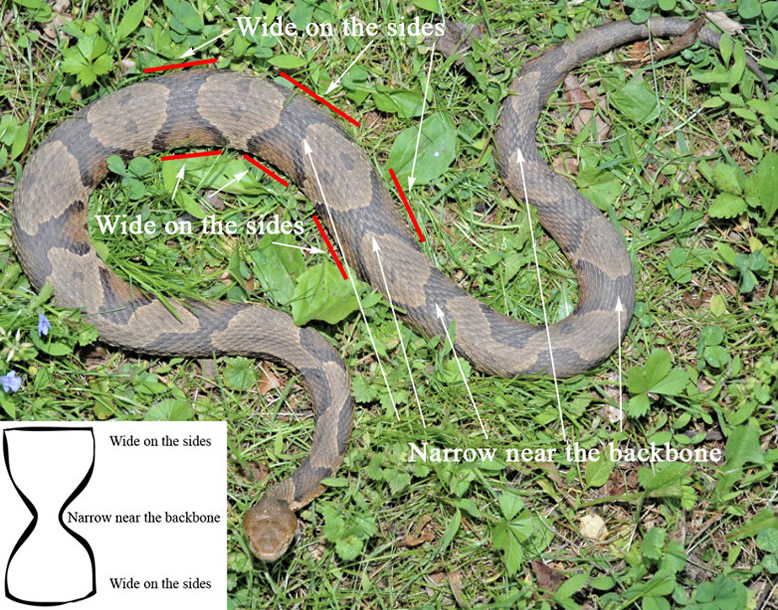



Copperheads And Similar Looking Harmless Species



Copperhead Snake Information Facts
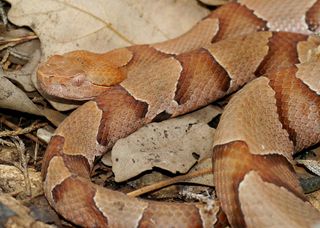



Copperhead Snakes Facts Bites Babies Live Science




Baby Copperheads How To Identify Them And Get Rid Of Them
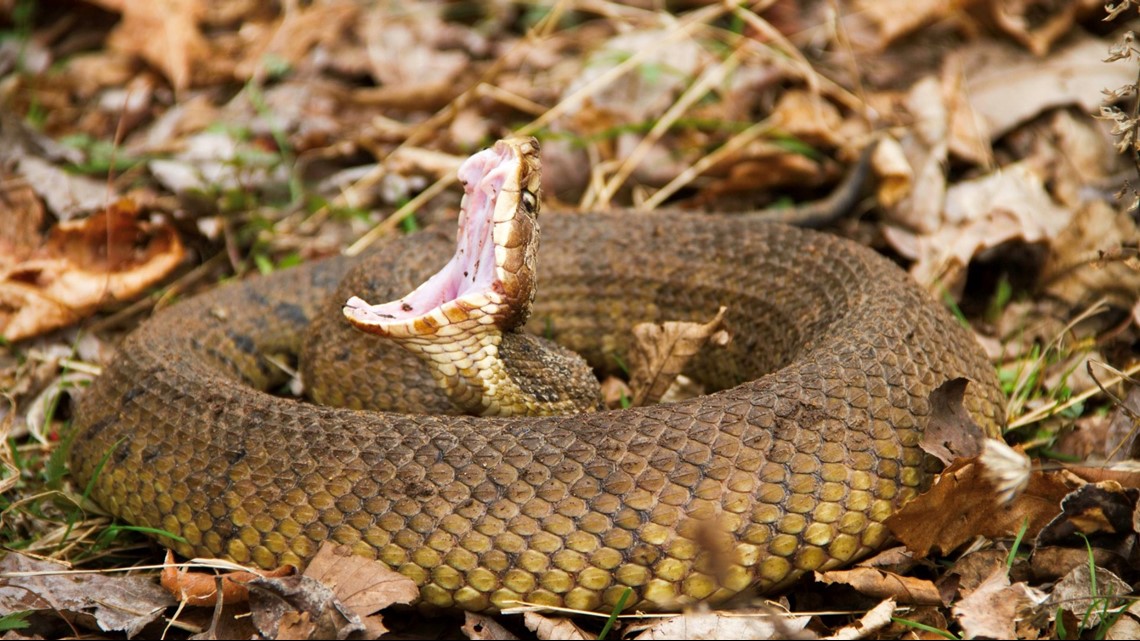



Watch Out For Baby Copperhead Snakes Wfmynews2 Com
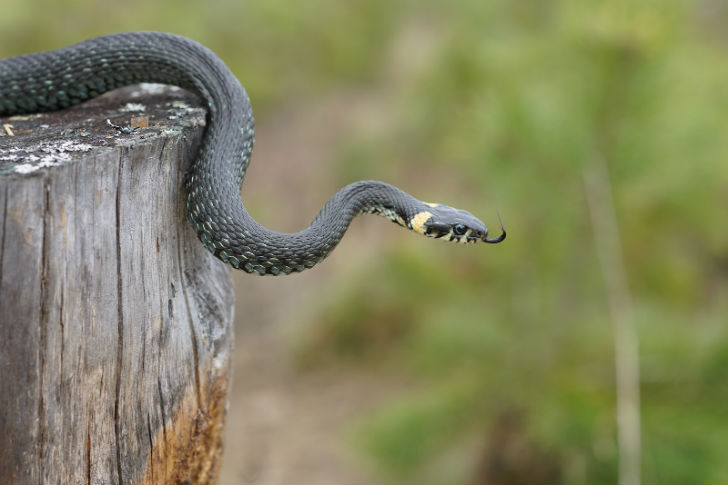



Types Of Snakes In Raleigh Critter Control Of The Triangle
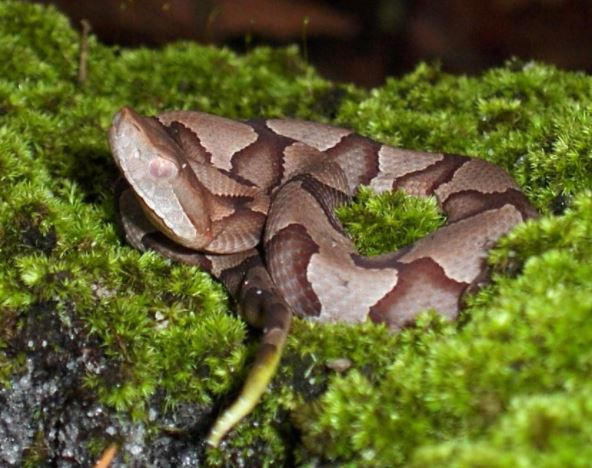



Facts About Copperheads In Nc Critter Control Of The Triangle




Snakes



Baby Snake Anyone Know What Kind Eat Rated Snakes Charlotte North Carolina Nc City Data Forum
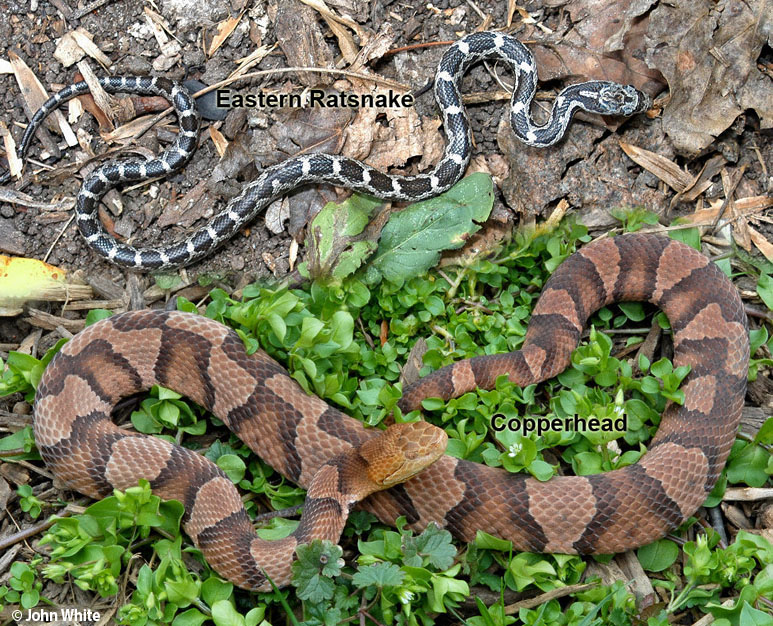



Copperheads And Similar Looking Harmless Species
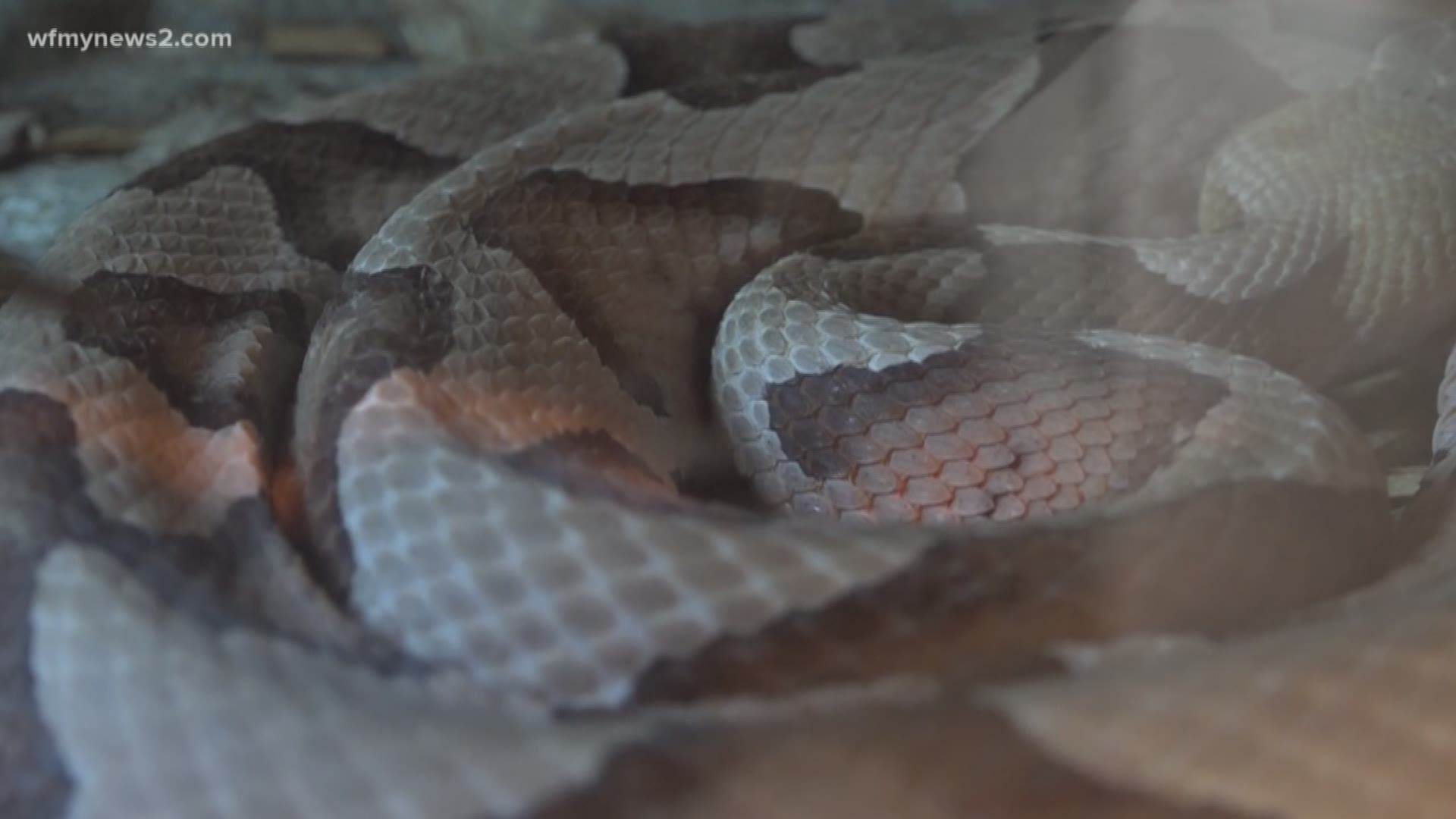



Watch Out For Baby Copperhead Snakes Wfmynews2 Com



2
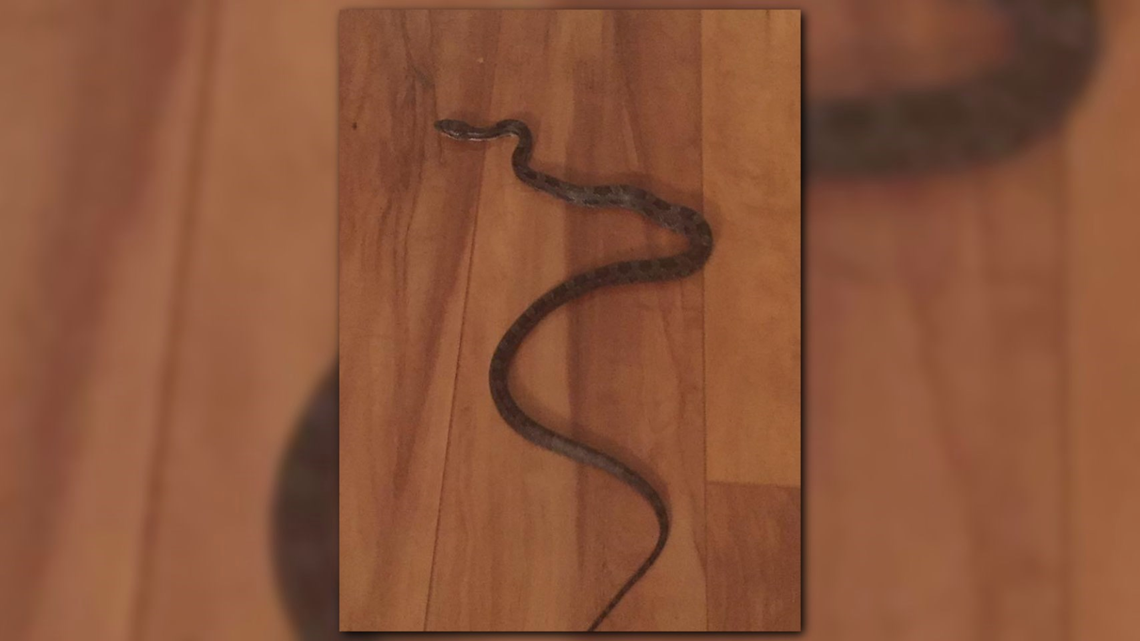



Can You Identify This Snake Here S How Wcnc Com
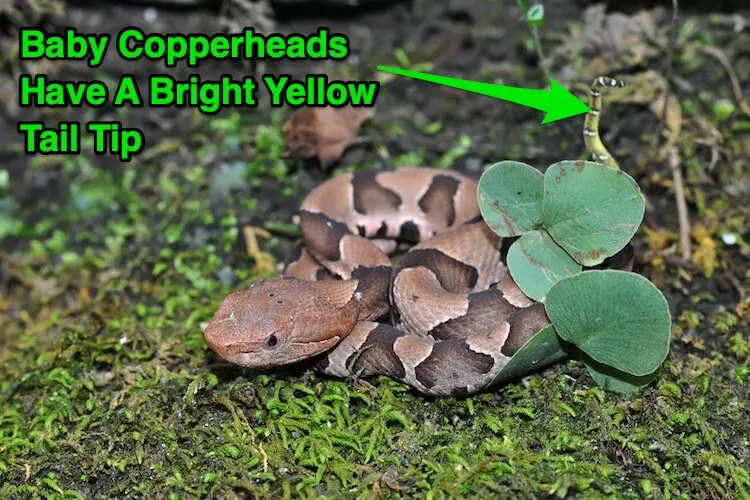



7 Ways To Identify Prevent Remove Baby Copperhead Snakes Everything Reptiles




North Carolina Snakes Pictures And Identification Help



2




Brad Panovich Meteorologist Here S My Charlotte Snake Identification Chart Based On Social Media Posts Only Clt Facebook



Baby



Black Snakes V Copperheads Tips To Keep Safe Wcnc Com
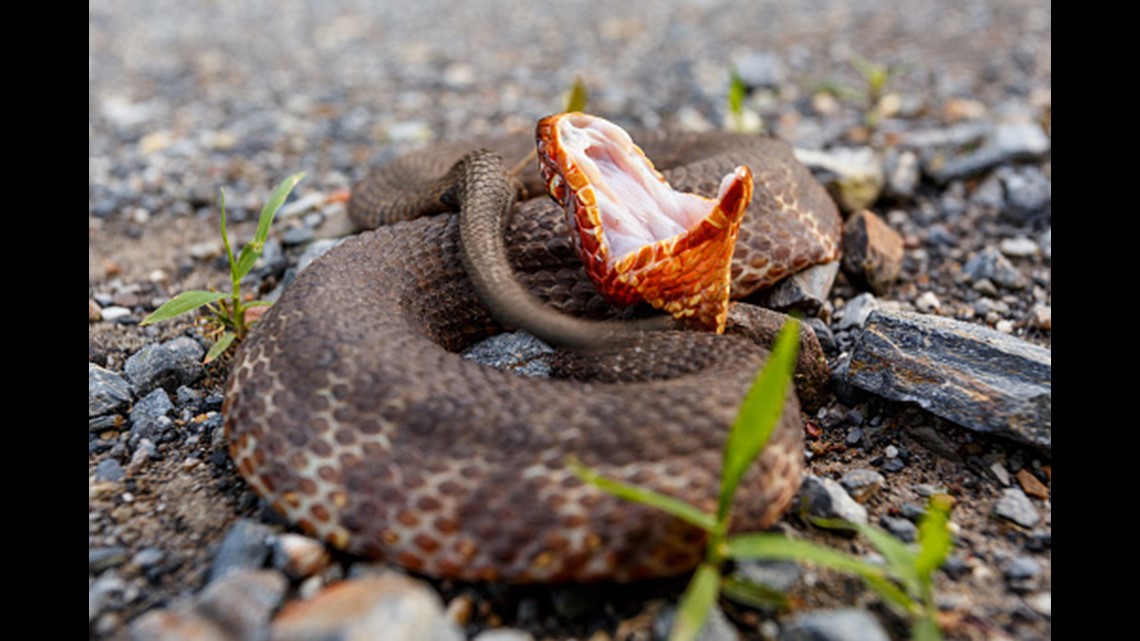



Watch Out For Baby Copperhead Snakes Wfmynews2 Com




Baby Copperhead Snakes Will Emerge Soon In North Carolina Due To Warmer Than Normal Summer Abc11 Raleigh Durham




Avoid Copperheads Extension Master Gardener Volunteers Of Durham County



How To Identify Venomous Poisonous Snakes In Nc Photos Raleigh News Observer
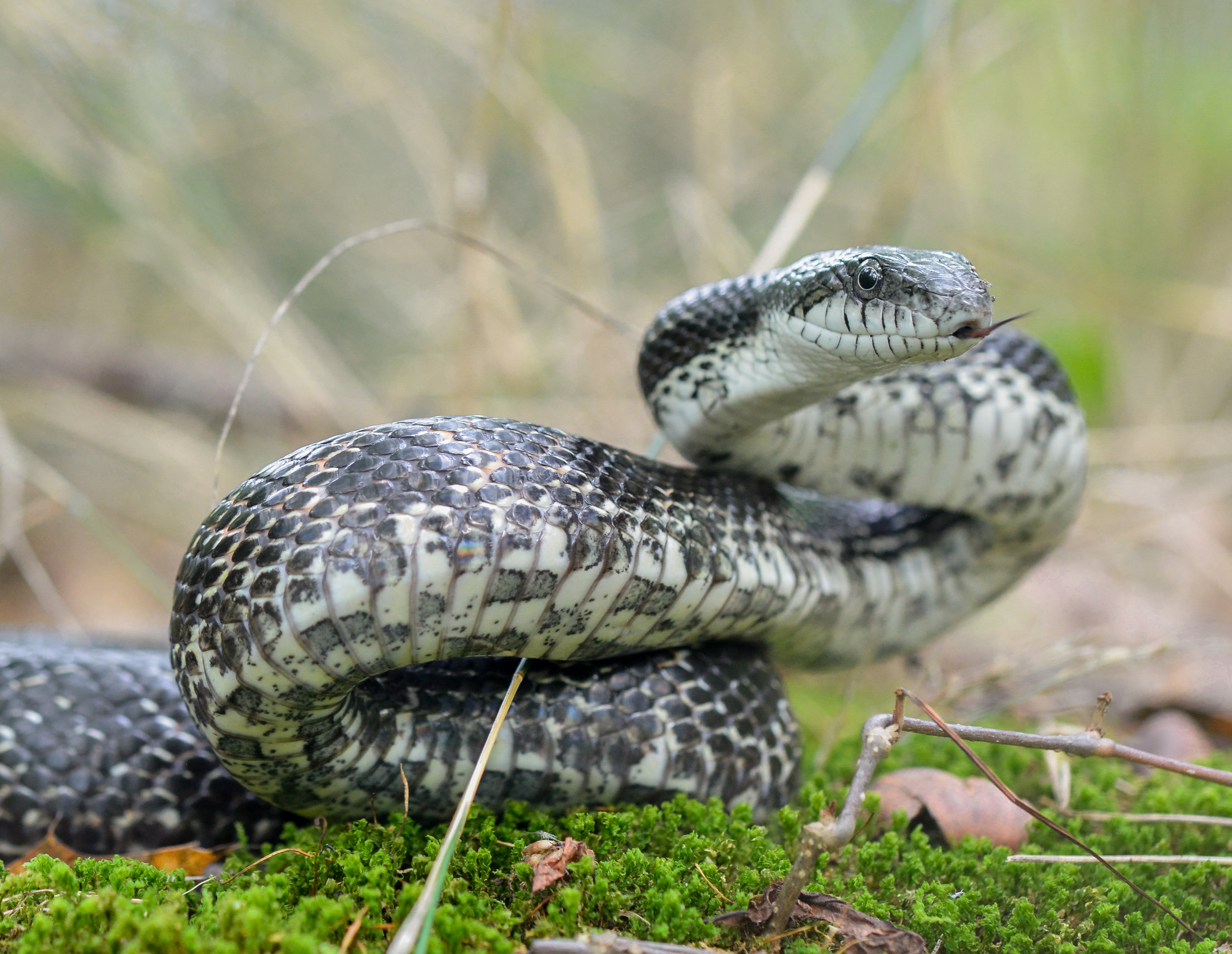



Gray Ratsnake Wikipedia



Black Snakes V Copperheads Tips To Keep Safe Wcnc Com




Snakes In Tn Watertown Transporting New House Middle School Tennessee Page 7 Baby Snakes Snake Poisonous Snakes
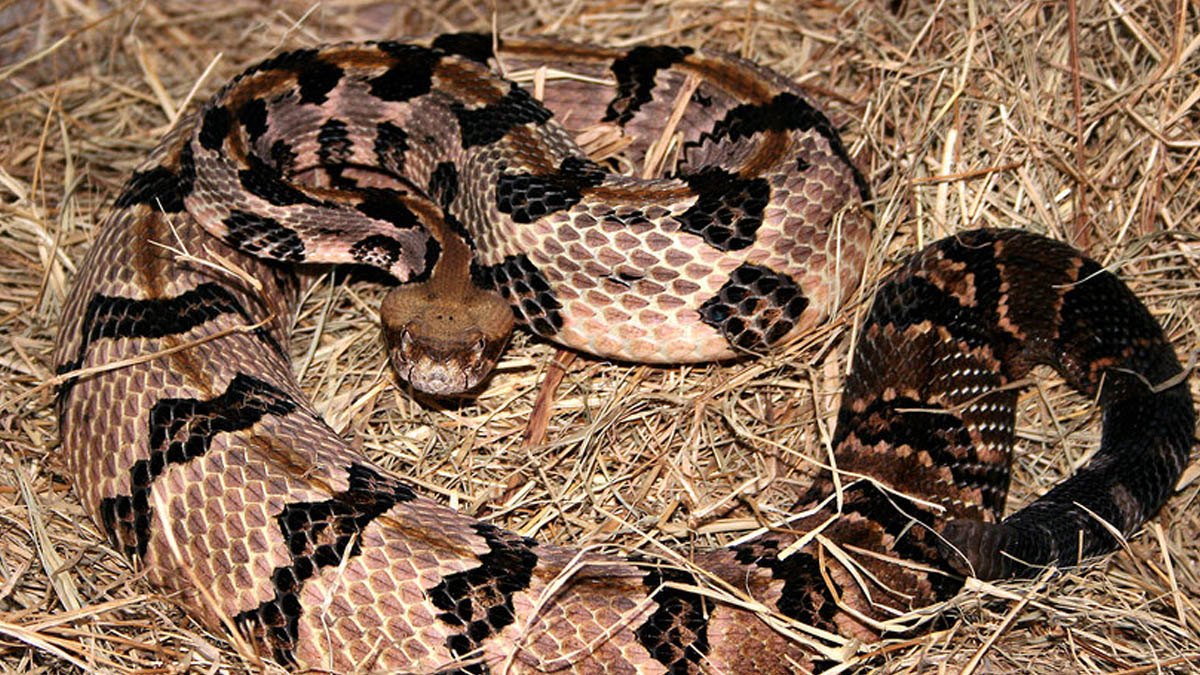



The Six Venomous Snakes In North Carolina Abc11 Raleigh Durham




Baby Copperheads How To Identify Them And Get Rid Of Them




Snakes




Baby Copperheads How To Identify Them And Get Rid Of Them



Snakes In Nc Www Callofthewildwildlifeservices Com



0 件のコメント:
コメントを投稿